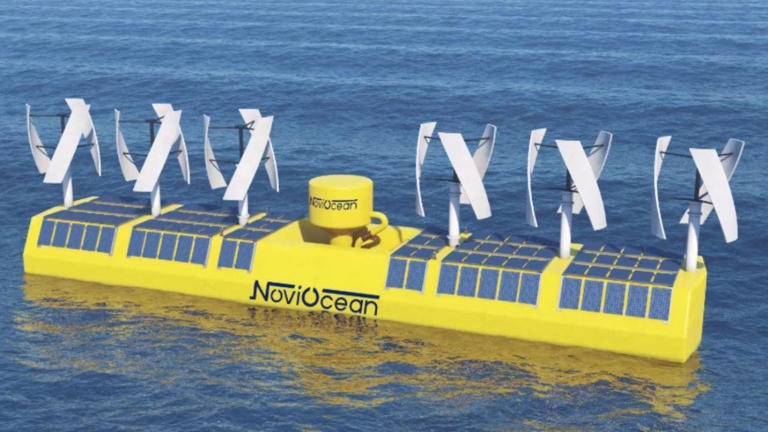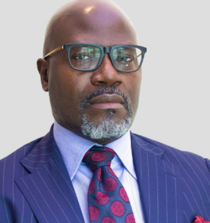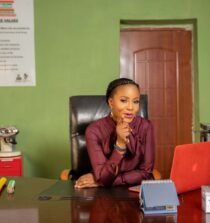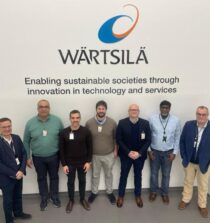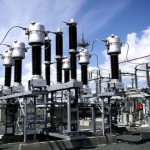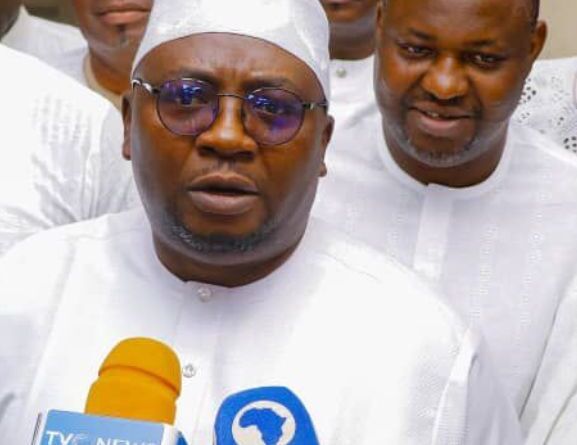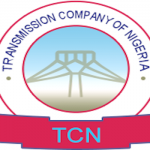Many energy schemes across Africa wither because of the absence of effective financing structures. However, both development finance institutions and commercial lenders are committed to finding solutions that could transform the continent’s prospects. James Gavin reports.
The race is on to find new ways of catalysing finance for projects that provide electricity to all Africans. As things stand, about half of the continent’s populations do not have access to a reliable electricity supply. This is because too many viable energy projects fail to make the transition from pipe dream to bankability, leaving the continent lagging behind its energy access targets. The problem is not so much a lack of finance; the missing key ingredient tends to be the regulatory frameworks that banks and other financial institutions require.
As Mahama Kappiah, Executive Director of the Economic Community of West African States’ Centre for Renewable Energy and Energy Efficiency has noted, poor project management remains a major barrier to private investment in Africa. “The money is not the problem,” he told an energy access forum held by the African Development Bank (AfDB) and a number of other agencies in Côte d’Ivoire in March. “The way that projects in the energy sector are prepared for financing is the problem.”

Institutional and regulatory is-sues in the energy sector need to be addressed so that Africa can attract more private investment, he said. He added that focusing on these issues could encourage a wider range of financiers to back energy projects.
Multilaterals play key role
Large multilateral institutions are primed to play a leading role in trans-forming the financial outlook for Africa’s energy sector. The AfDB has said that to achieve universal access by 2025, innovative mechanisms are required to mobilise an addition-al $30bn to $55bn annually in both domestic and international capital.
This is a significant increase on the $22.5bn invested in the sector in 2015. To achieve this, the AfDB said that all stakeholders must take collective action to create conditions conducive to financial flows, develop bankable projects, reform utilities and enhance African countries’ absorptive capacities. The AfDB said it will ramp up its investments to provide finance and guarantees, co-financing and syndication.
Between 2016 and 2020, it has pledged to invest approximately $12bn and leverage about $50bn in public and private financing for investments in the energy sector. In addition, it will triple its climate finance to almost $5bn per year and leverage about $20bn in private and public-sector investments in climate mitigation and adaptation by 2020. The bank is committed to developing innovative financing structures in tandem with the emergence of new energy sources.
Renewable energy is the key to driving economic development in Africa and combating climate change, and the bank has put its money where its mouth is. Since 2015, the multilateral lender has increased the renewable power share of its energy portfolio to 95% from 59% and the bank said it will continue to drive capital towards green energy projects.
Last year, it closed funding on the Yeleen Rural Electrification Project in Burkina Faso, the first stage in a planned $10bn investment to build the largest solar energy capture zone in the world. The AfDB is looking to link all stock exchanges, pension and sovereign wealth funds, central banks and other financial institutions in Africa to mobilise and incentivise the shift to-wards a low carbon, climate-resilient investment. The bank will launch a new facility – Green Baseload – to provide loans that support reliable and affordable renewable energy.
Capital market focus
Capital market instruments are also being rolled out, including one that is denominated in New Zealand dollars. In April, the AfDB launched an NZD150m The AfDB said it will ramp up its investments to provide finance and guarantees, co-financing and syndication. ($100m) 10-year Light Up and Power Africa benchmark bond. The deal was driven by a reverse-enquiry anchor order out of Asia.

The AfDB also administers a multidonor trust fund – the Sustainable Energy Fund for Africa (SEFA) – that has a $60m commitment from the Danish and US governments to sup-port small- and mediumscale renewable energy and energy efficiency projects in Africa. There are other collaborative ventures in the pipeline designed to se-cure financing for renewable energy schemes. In February, the Board of the Green Climate Fund approved a €100m loan through the West-African Development Bank (BOAD) to finance renewable energy development in six countries from the West African Economic and Monetary Union.
The project – driven by the Green Climate Fund and executed by BOAD – is a climate finance facility to scale up solar energy investments in Francophone West Africa’s Least Developed Countries (LDCs), including Benin, Burkina Faso, Guinea-Bissau, Mali, Niger and Togo. Its aim is to create a market for investments in solar technology, and to incentivise and leverage private sector players to scale up investment in these technologies.
This will involve the creation of commercial and sustainable financing for solar investments through senior debt and standby loans, developing the technical capacity of private- and public-sec-tor players and raise awareness about the benefits of solar technologies. In South Africa, meanwhile, the New Development Bank is to provide a project loan of $480m to the state utility Eskom for an environmental protection project for the Medupi Thermal Power Plant, which is in line with the bank’s focus on supporting clean energy projects.
Innovative financing strategies have come to the fore in other energy schemes backed by African multilaterals. This year, the multilateral finance institution Africa Finance Corporation (AFC) announced the financial close of a bridge loan facility contracted by Ivoire Hydro Energy (IHE) for the construction of the 44MW Singro-bo-Ahouaty hydroelectric power project (SAHP) and associated infrastructure in Côte d’Ivoire. The project aims to create electrification opportunities in the country. Côte d’Ivoire generates 2.2GW of electricity, making it one of the leading generators of power in West Africa, with approximately 70% of its total coming from thermal generation and the remainder from renewables, mainly hydroelectric.
The SAHP will increase the country’s overall power capacity, as well as reduce generation expense due to the low operating cost of hydroelectric power. The AFC has committed $197m to the project, comprising a majority equity investment of $27.64m and a bridge loan facility of $169.44m. The first disbursement of the bridge loan facility took place in December 2018.
Innovation to the fore
The innovation in financing comes in the shape of a bridge loan that shortens the project cycle and allows the construction phase to begin. SAHP’s financing structure was designed to shorten the development phase for projects such as this from about 10 years to less than five. The aim of this approach is to accelerate the process of developing power projects in Africa, enabling more of them to come on stream. The AFC arranged the bridge loan facility to kick-start construction while it was waiting for long-term lenders to secure their final credit approvals. The AfDB is arranging the long-term debt financing, most of which already have secured approvals. Oliver Andrews, Executive Director and Chief Investment Officer at AFC, said the company’s goal is to expedite the continent’s growth. “Seeing as SAHP would not have been able to continue with development and construction because it was awaiting the finalisation of its long-term lenders’ credit approval process-es, we decided it was an ideal opening for AFC to get further involved with the project and continue with our participation in Africa’s independent power producer market,” he said.
African power projects
Another boost to energy bankability came with the announcement of a partnership between the International Finance Corporation (IFC) – part of the World Bank Group – and Gaia Energy, a Moroccan-based renewable energy developer. They are collaborating on a joint platform for the growth of wind energy across Africa. The funding has been provided to develop 22 pipelines across nine countries in North, West and East Africa. The pipeline, which was developed by Gaia, will then be extended to other countries.
Two IFC funds will be used to implement and support the project: InfraVentures, a $150m global infrastructure development fund, and the €114m Finland-IFC Blended Finance for Climate Program.

Commercial lenders
If multilateral players are becoming more innovative, how are commercial banks approaching energy projects? There are a number of things that commercial lenders tend to look for when it comes to bankable schemes in Africa, say experts. “There is a strong interest in project sponsors’ track records, as well as the contractors,” said Rentia van Tonder, Head of Power at South Africa’s Standard Bank, which is active in 20 countries across African.
“That is becoming more important in an environment where we may see the sovereign under pressure and unable to provide support.” This underscores the sense that payment risk remains a formidable challenge for many power projects. One of the key concerns is finding projects where lenders are comfortable with the off taker, whether it be a corporate or a utility. “It is taking time for us to get our heads around this,” said van Tonder.
“Many governments are trying to keep their utilities financially afloat, and that obviously has an impact on off taker risk and risk mitigation.” “Finance considerations are not just for energy generation projects,” said van Tonder. “Many utilities are looking at system optimisation and are trying to find ways of getting more out of their current generation assets by managing the load better. Inevitably, where there are concerns around the balance sheet and payment risk, the answer is to create structures where the utility’s cash flows can be ring fenced. “Finance considerations are not just for energy generation projects,” said van Tonder.
“Many utilities are looking at system optimisation and are trying to find ways of getting more out of their current generation assets by managing the load better. While such priorities have not been a focus historically in Africa, there is now an opportunity to generate more megawatts by improving the value proposition of the entire system.” You can structure your payment risk by involving direct payments or ring fenced cash flows from those off takers, said van Tonder.
“It’s not a unique solution and is not necessarily ideal in all circumstances, but we have already seen utilities participate in these types of structures successfully.” Given the range of funding solutions emerging from both commercial lenders and DFIs, Africa’s chances of securing finance for its energy projects looks to be improving.
While challenges remain, the in-crease in the number of deals involving energy projects across the continent – and the innovative financial techniques being employed to get projects both large and small off the ground – suggests that solutions to some of Africa’s longstanding energy generation problems are finally being found.
This article is an extract from the Africa Energy Yearbook 2019, a partnership between African Business and EnergyNet.

